is it a bird? is it a plane?, is it An Asteroid? Eh, nah, probably just Kasdonkav and its rings.
To say Kasdonkav is gargantuan, or using everyday adjectives to describe Kasdonkav is a far cry from its true size, quite the Lytote, hence the new word "Kasdonkavian" has been born. All of that aside, Kasdonkav ofcourse is a rogue world judging by its composition, as well if it had formed here it wouldve taken most of the Outer habitable zone and the outer systems materials, not leaving much for other celestial bodies, it also wouldve had a large moon system and couldve classified as a "micro solar system" solidifying its former rogue planet status. Dont fear a about its Kasdonkavian rings, these rings arent actually that dense and arent that massive indicating that when the day comes that Kasdonkav consumes it (that too is unlikely as some small celestial bodies are bound to form within them) it still will lack mass and ignition to become a star, Kasdonkav is therefore not entirely a threat to life in this system, rather one big gravitational anchor. Scientists have detected a small lump of mass that formed within Kasdonkav's rings and called it "Kasdonkova". Scientists arent too keen with Kasdonkav's origins as there is quite the debate going on and splitting scientists and Kasdonkav enthusiasts, some state that Kasdonkav has formed at a certain size and gained its mass throughout its life before coming here, while others argue that it formed in a neutron star system and took majority of the mass from the supernova. As for the 1st theory, it can be supported by whether Kasdonkav's layers vary in age significantly as well as vary in composition, while the 2nd theory can be supported by whether its core contains heavy metals.
GENERAL INFO
- Created On: Android
- Game Version: 1.3.204.1
CHARACTERISTICS
- Radius: 70,000 km
- Sea Level: None
- Surface Gravity: 124.0 m/s
- Rotational Period: 5d 20h
- Escape Velocity: 131.73 km/s
- Mass: 9.1E+27kg
Atmosphere
- Height: 154 km
- Scale Height: 22 km
- Surface Air Density: 0.160 kg/m3
- Surface Temperature: 1,000 K
EQUIRECTANGULAR MAP
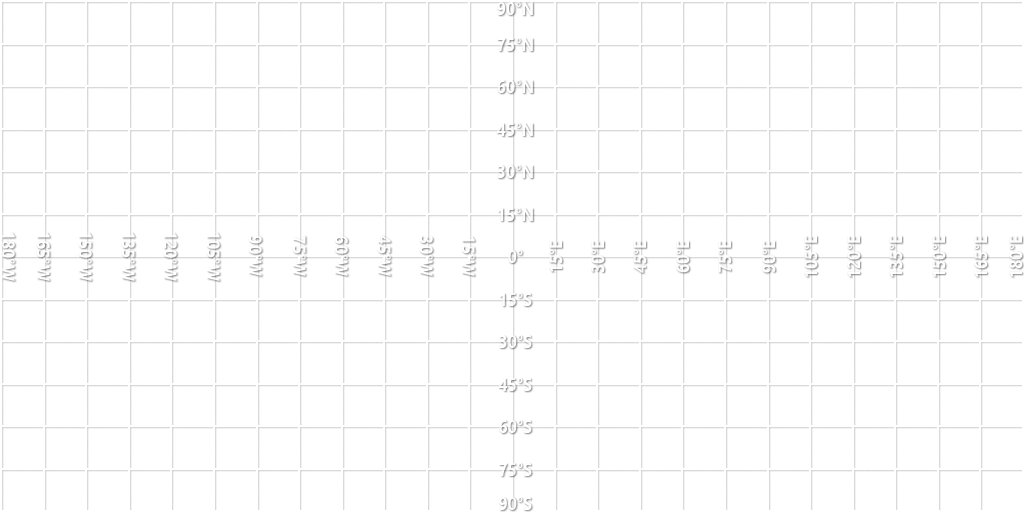

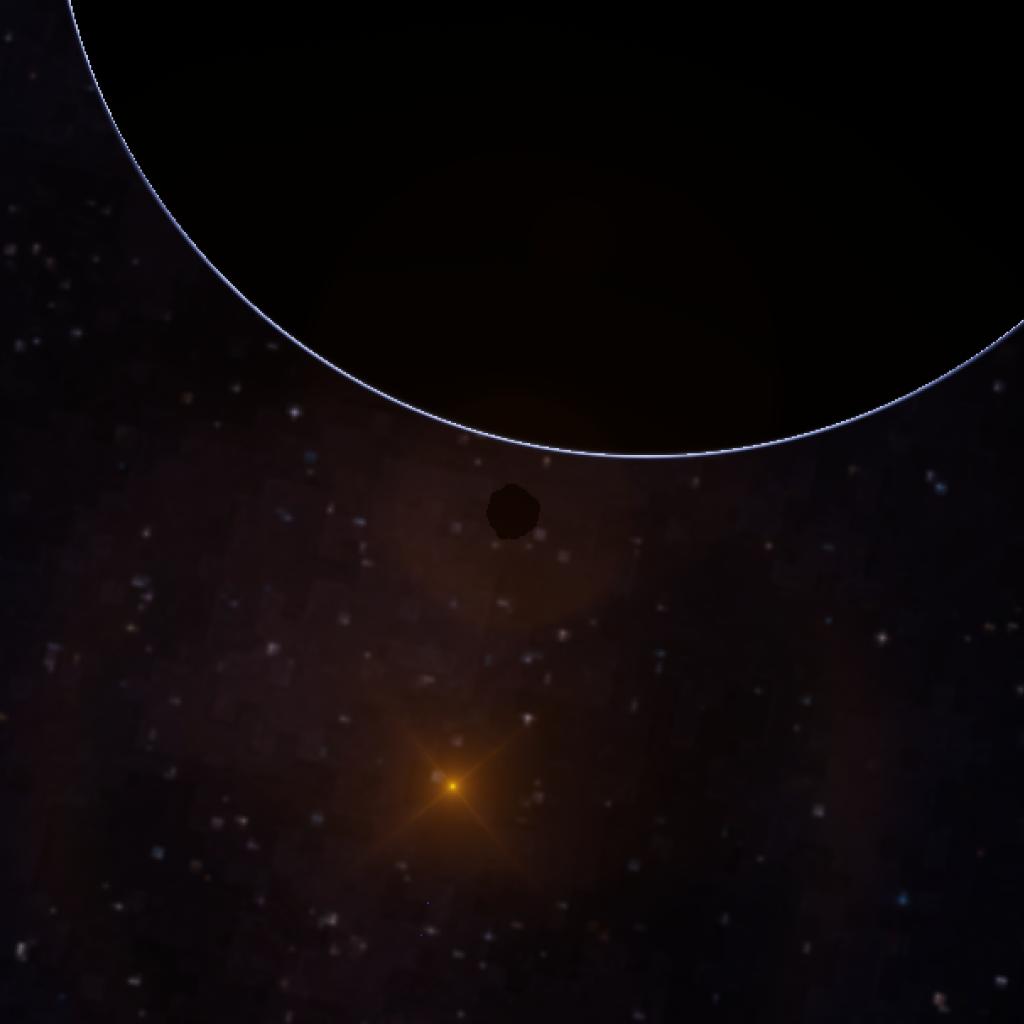
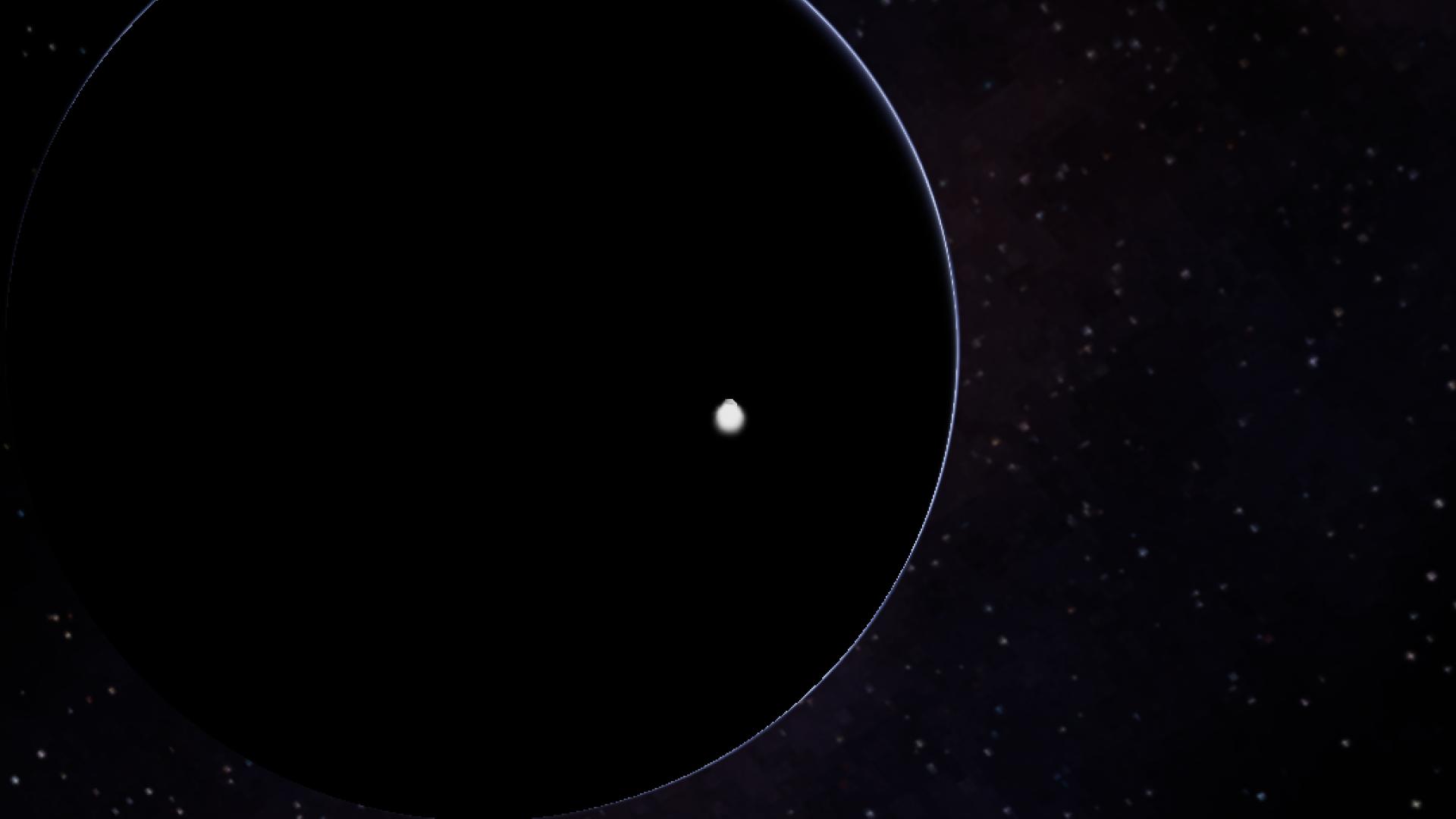
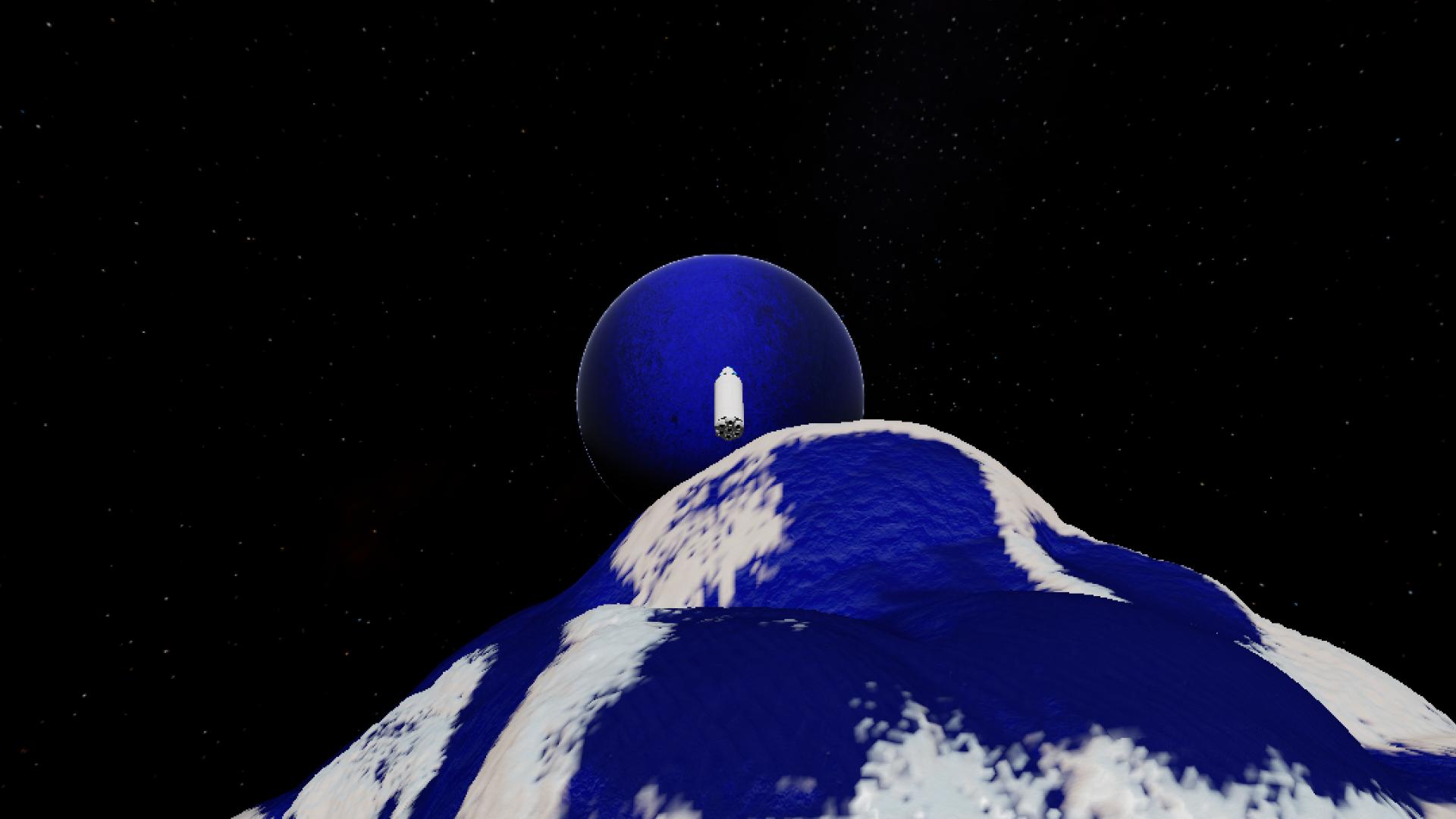
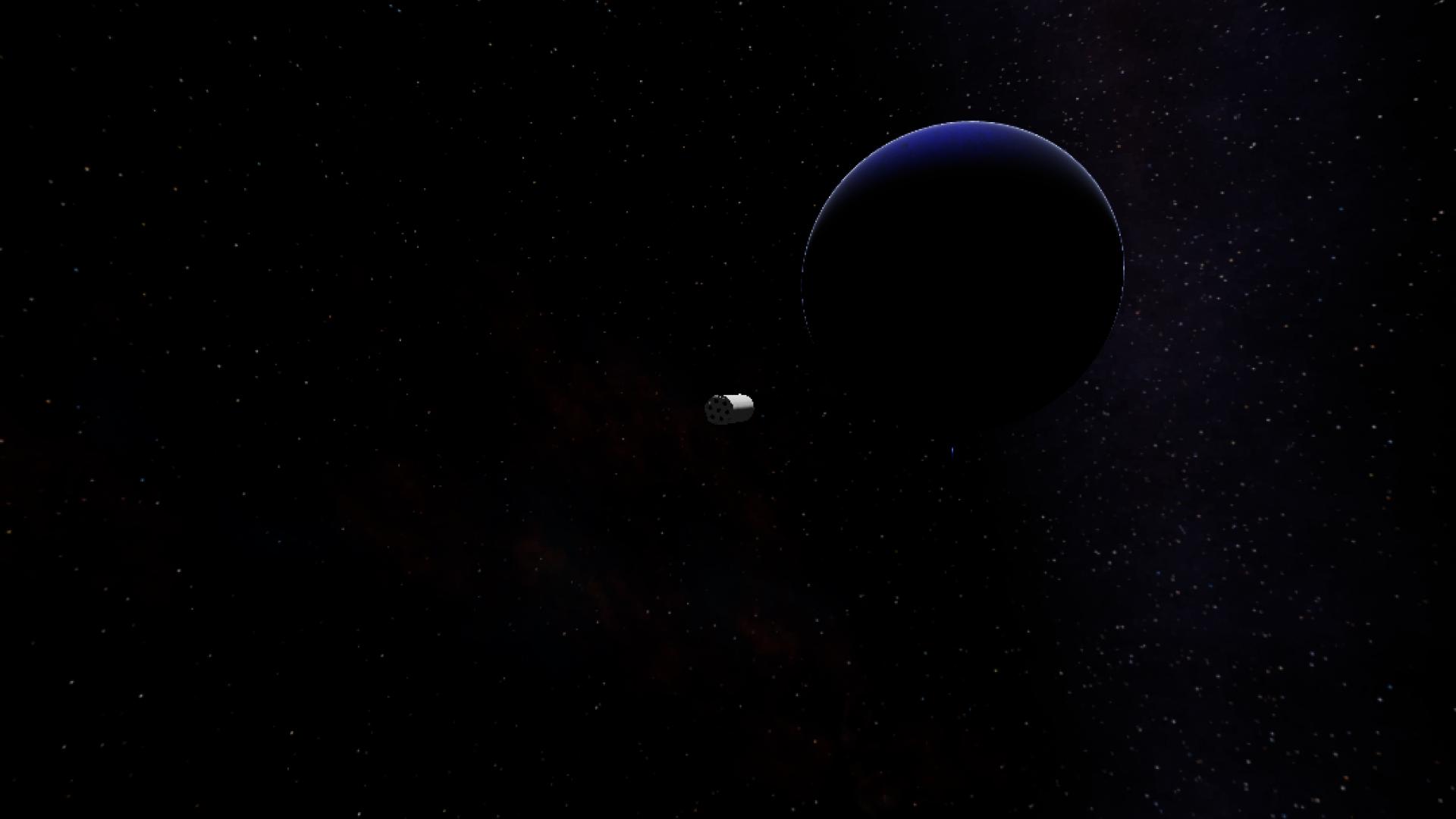
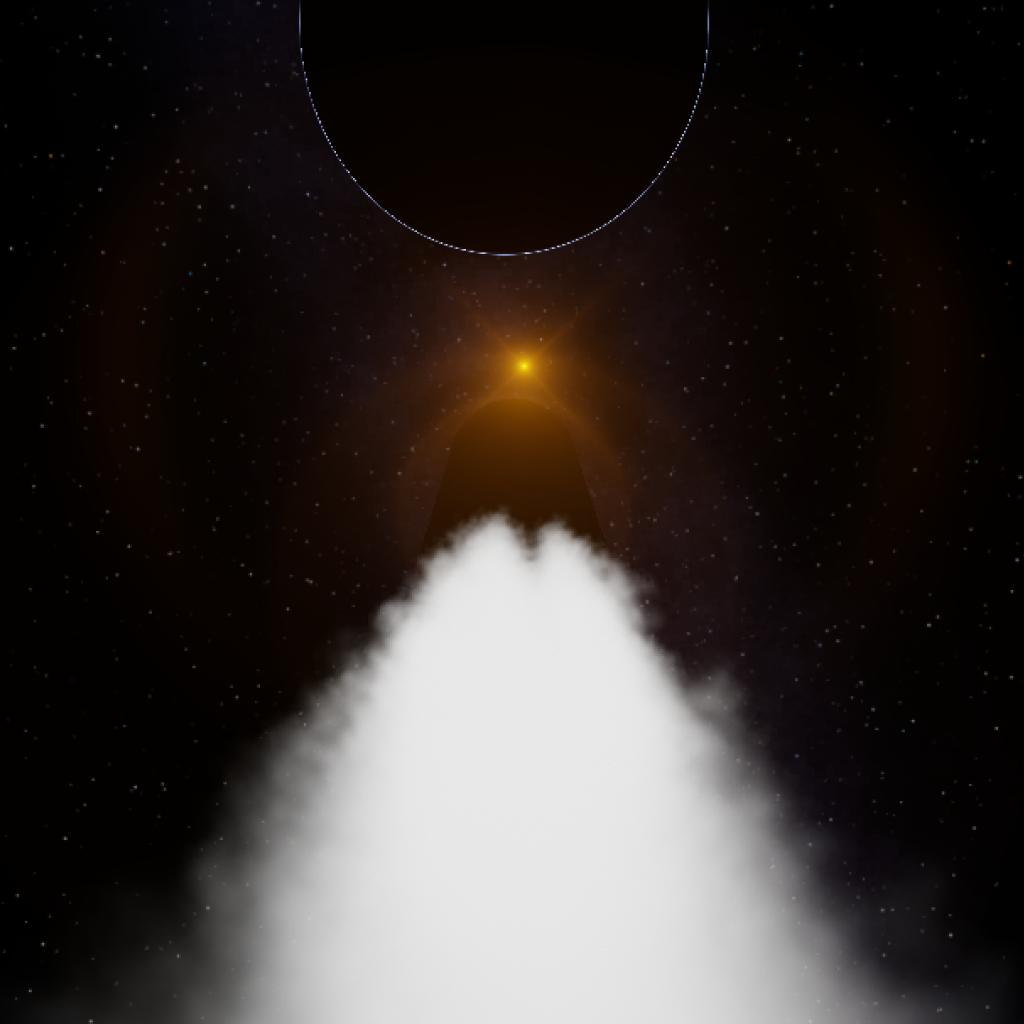
Sorry for the delay, I just got on school holiday a wanted to take some time to relax lol,